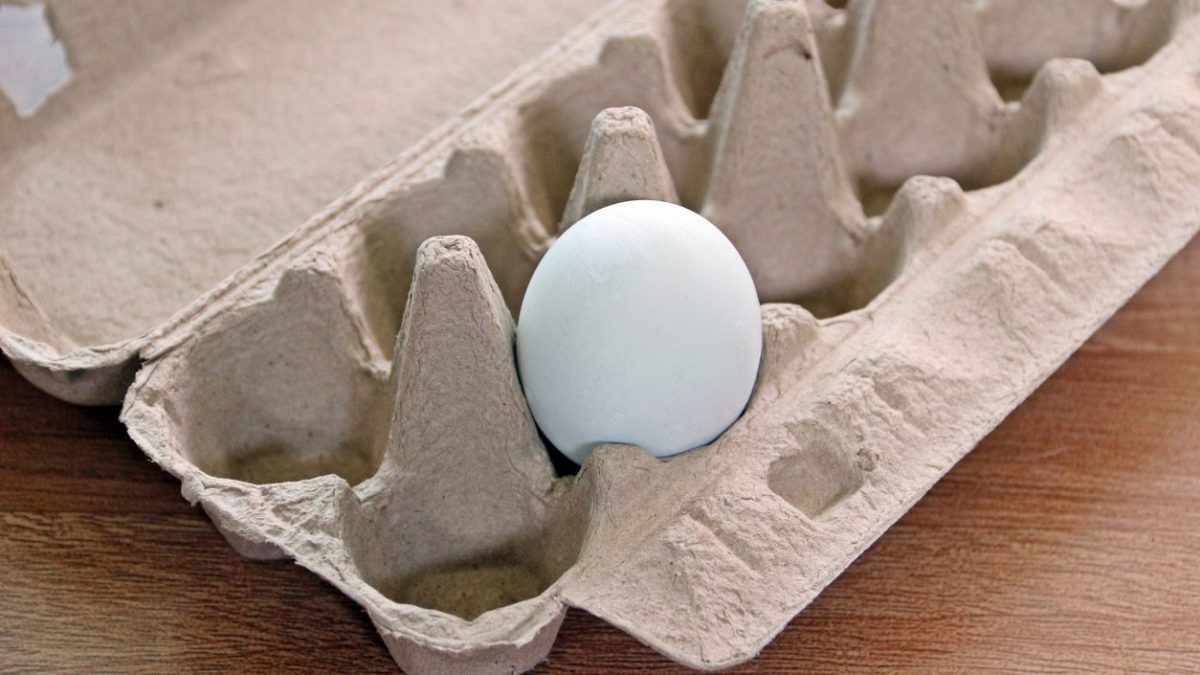
Reusing egg cartons is a common practice to reduce waste and respect the environment: however, the presence of salmonella raises doubts about the safety of this practice. The reason is contamination by salmonella, a bacterium that can infect eggs, especially at the shell level, causing salmonellosis. If the egg carton has been in contact with contaminated eggs, it could in turn host the bacterium: what to do then, reuse it or not?
The Risks of Reusing Egg Cartons
If you want to reuse egg cartons to contain other foods or culinary preparations, you should be aware that you are taking a risk. The risks of reusing egg cartons, in fact, depend on cross-contamination: this is the transfer of bacteria, viruses, chemicals or other pathogens from one food to another, often from raw food to cooked food, but not only. This phenomenon can occur through direct contact between foods, or indirectly through surfaces, kitchen utensils, hands or other objects.
How does cross contamination occur? Cross contamination can occur in two ways:
- Direct contact: For example, if you cut raw meat on a cutting board and then use the same cutting board to cut vegetables without washing it first, bacteria on the meat can contaminate the vegetables. This is the case with a possibly contaminated egg carton.
- Indirect contact: A knife used to cut raw meat can contaminate other surfaces or foods if not washed properly. Hands, if not washed after handling raw foods, can also spread bacteria to other foods.
If you reuse previously contaminated cartons for new eggs, for example, you risk contaminating new healthy eggs. Ideal conditions for bacteria, such as salmonella, to grow inside the carton can promote contamination. Egg cartons can be reused to create crafts, place cards for the table, creative bases for shopping lists and so on: in this case, there is no danger in reusing the egg carton.
;Resize,width=767;)
